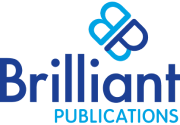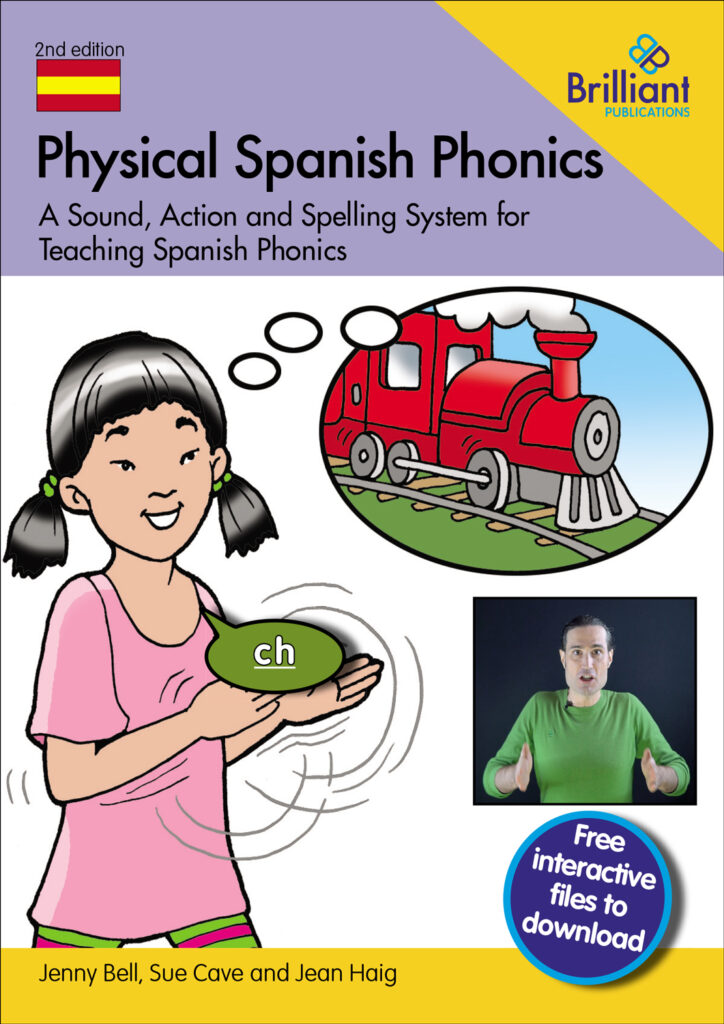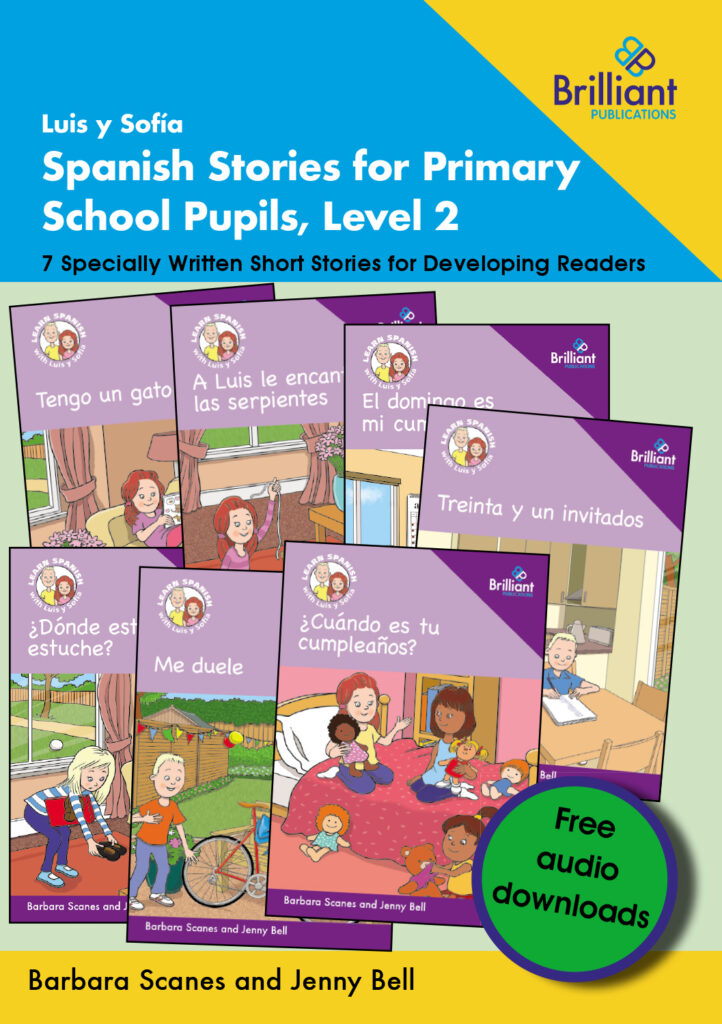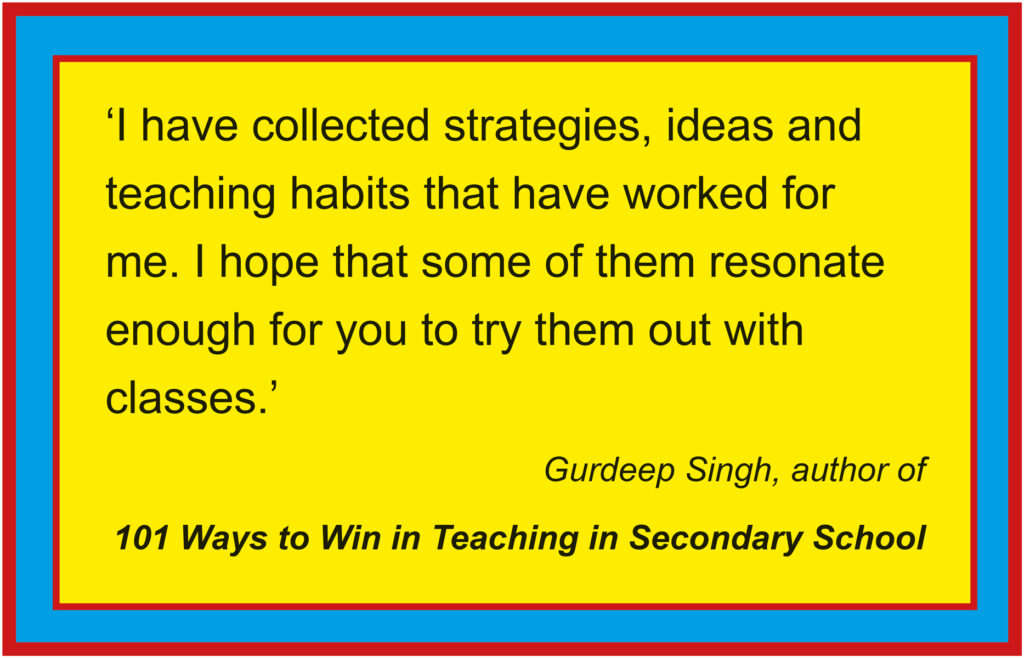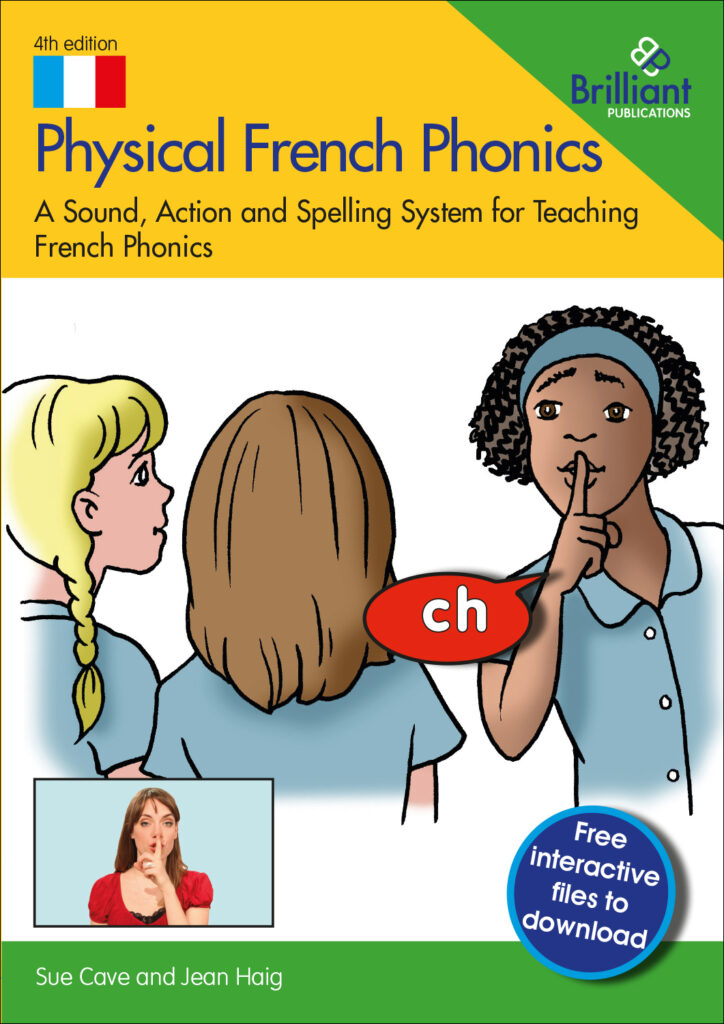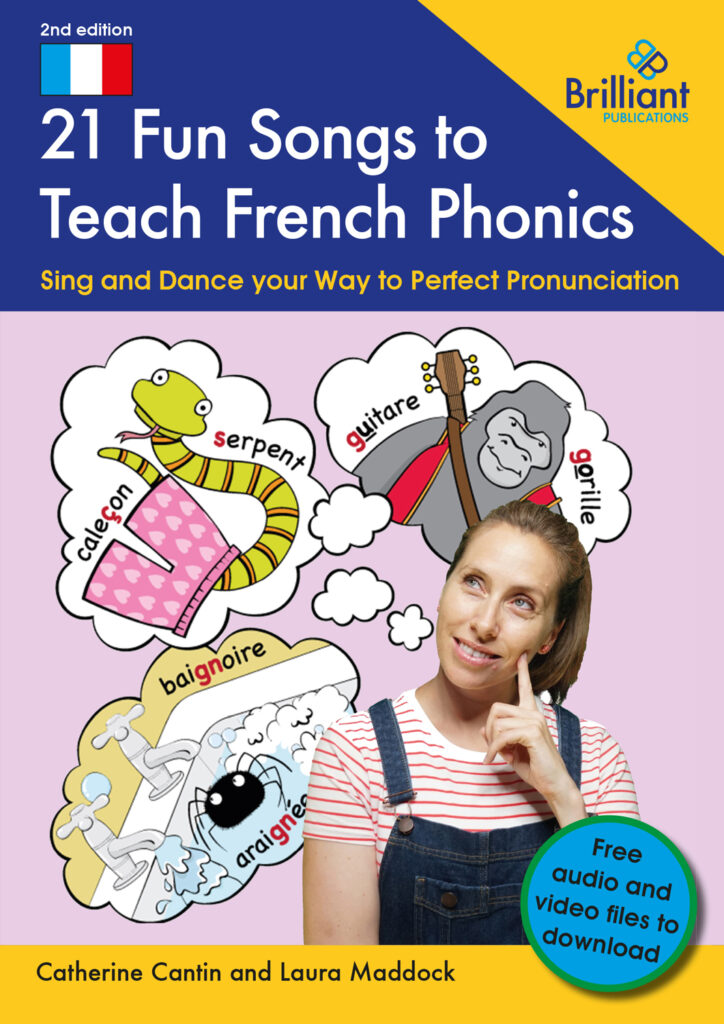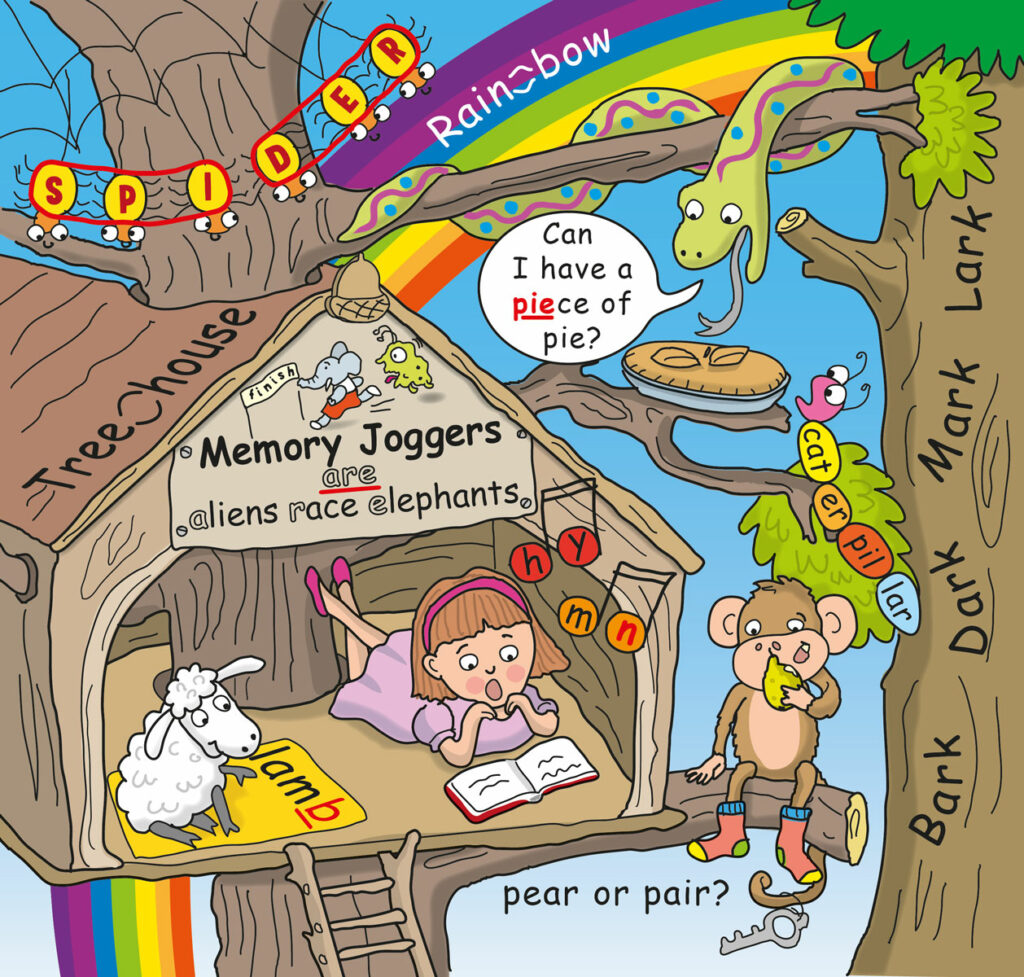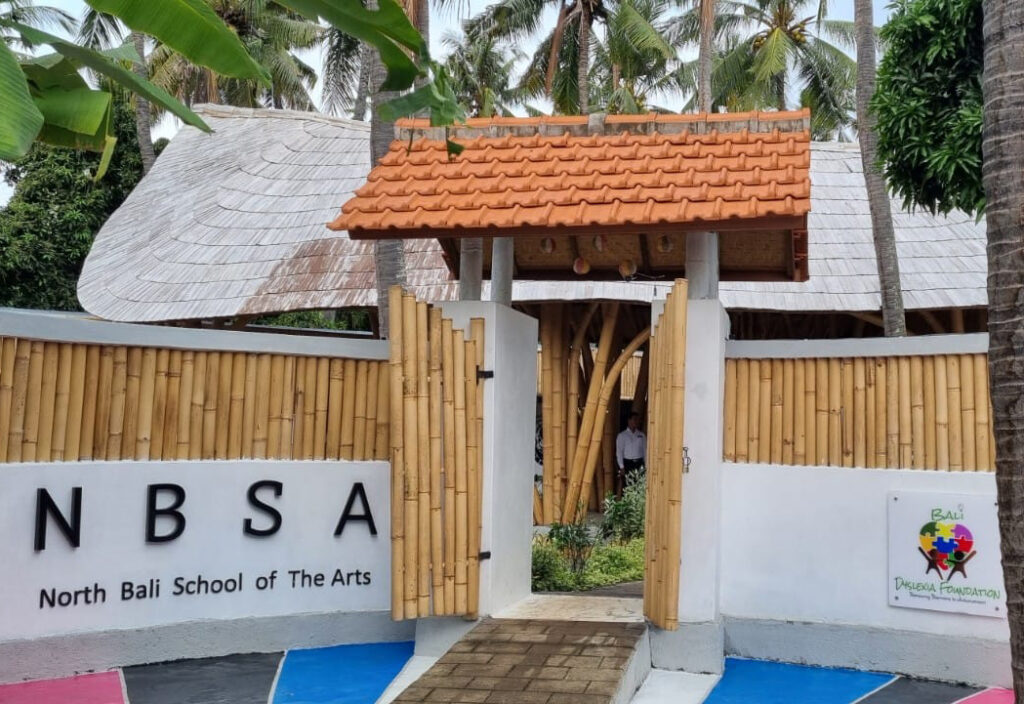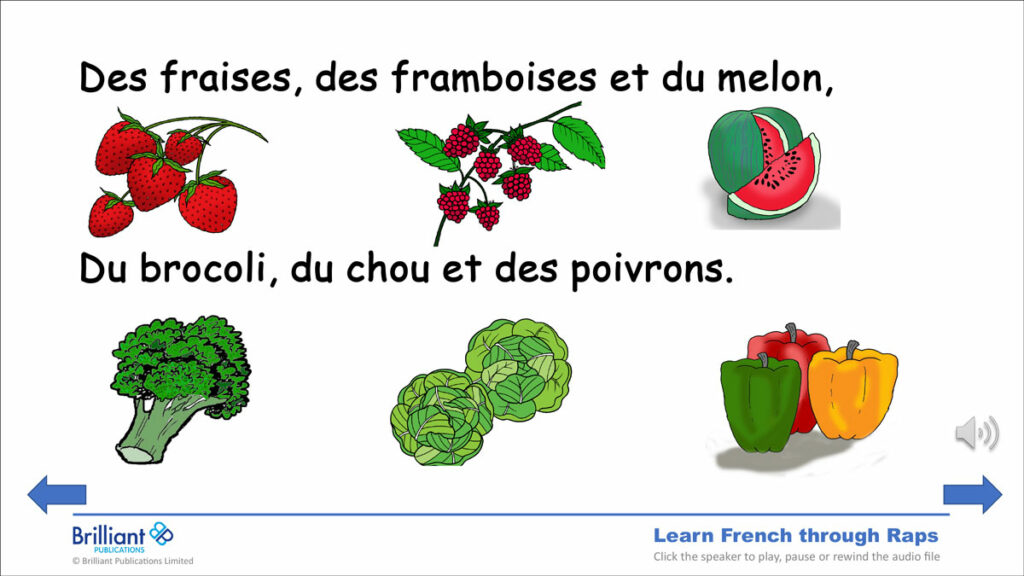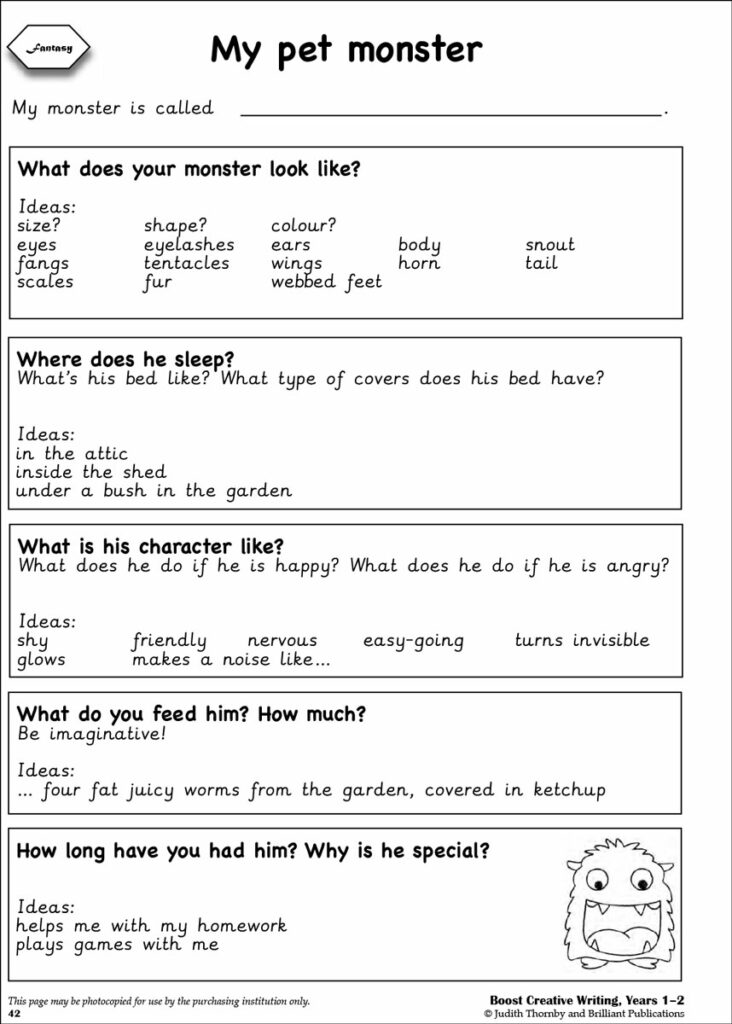513 results for “art”
We have found 513 results with the word you searched.
Physical Spanish Phonics – 2nd edition
Interactive video and audio files to teach Spanish Phonics by getting physical with sounds and actions. Physical Spanish Phonics is a multisensory approach to teaching Spanish phonics. It has been developed in conjunction with primary school children and their teachers over the course of several years. Scroll down to find out more and download ‘Try before you buy’ sample pages from the book.
Select options This product has multiple variants. The options may be chosen on the product page ContinueLuis y Sofía Spanish Stories for Primary School Pupils, Level 2
Children will love reading these humorous Spanish stories, specially written to motivate developing readers. Written in simple everyday language, these stories are a perfect way of inspiring children to practise Spanish. See the complete scheme. Scroll down to find out more and download ‘Try before you buy’ sample pages from the book.
Select options This product has multiple variants. The options may be chosen on the product page ContinueTeaching is the best profession in the world
This book will help you to discover (or rediscover) a love of teaching. Practical suggestions to help manage workload, wellbeing and behaviour.
ContinuePhysical French Phonics – 4th edition
Physical French Phonics is an award-winning, tried-and-tested multisensory approach to teaching French phonics. It has been developed in conjunction with school children and their teachers over the course of several years. For each phoneme, students learn an action, as well as the graphemes associated with that sound. Scroll down to find out more and download ‘Try before you buy’ sample pages from the book.
Select options This product has multiple variants. The options may be chosen on the product page Continue21 Fun Songs to Teach French Phonics, 2nd edition
Specially written songs, guaranteed to embed both French phonics and key vocabulary and phrases into your French lessons. Includes free downloadable videos, a multimedia PowerPoint and other resources to make learning French phonics fun. Scroll down to find out more and download ‘Try before you buy’ sample pages from the book.
Select options This product has multiple variants. The options may be chosen on the product page ContinueConfidence is key
Making children more confident in their reading and writing is vital. But what is the most effective way of giving children more confidence in reading and writing?
ContinueBali Dyslexia Foundation – 5th year anniversary
Mark Stoddart had a difficult schooling until his dyslexia was picked up. To help others, he became an ambassador for those affected by the condition.
ContinueThe fastest way
Their affinity with rhyme and rhythm means children are more willing than they might otherwise be to repeat phrases they learn, and improve their pronunciation.
ContinueI don’t know what to say
Children can often write without thinking through the details of who, what, where and how. But they still need to learn about using a more structured approach.
ContinueMaths problem solving is for life
Maths is very much a part of problem solving in our society, from budgeting to calculating football league tables, but it is not seen in this way by children.
Continue